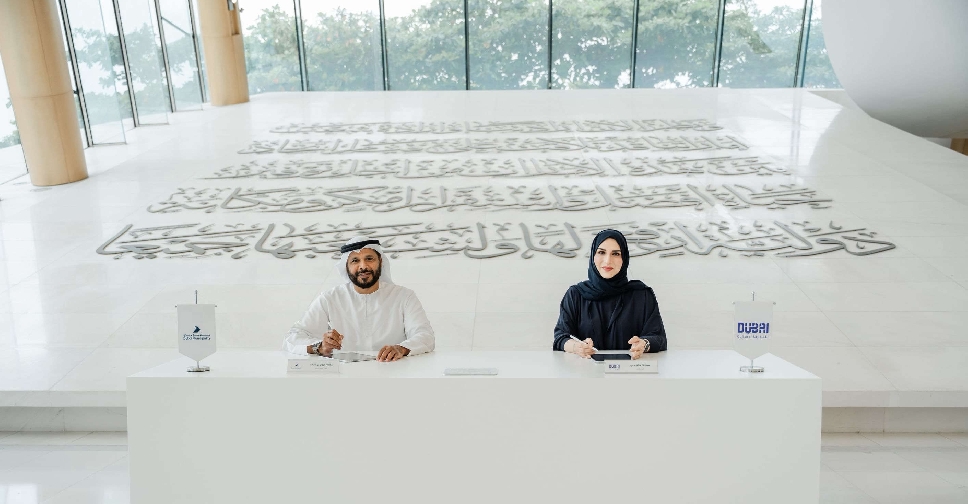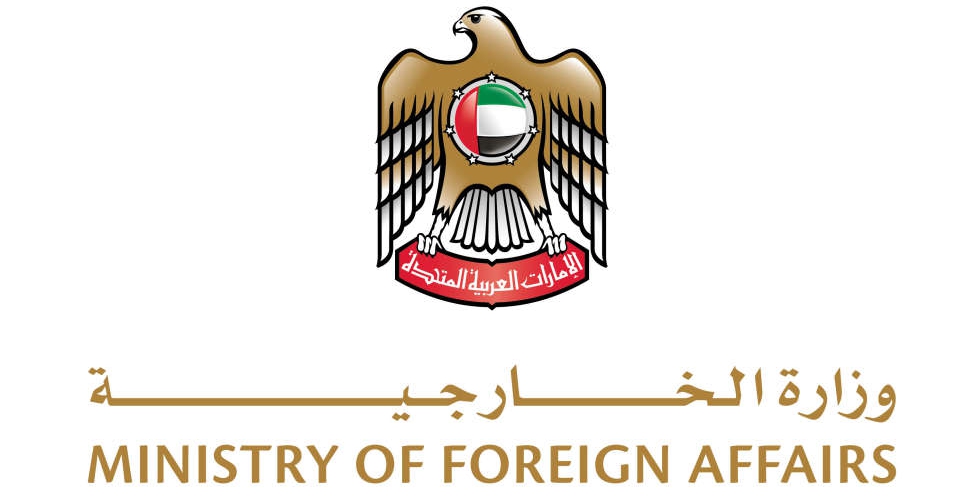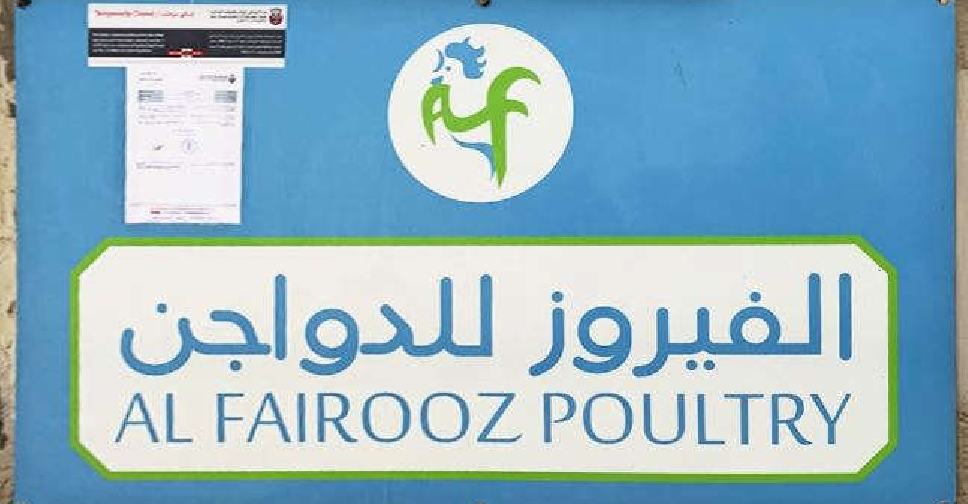
Louvre Abu Dhabi recorded more than 1.4 million visitors in 2024, marking its highest attendance since its grand opening and bringing the total visitor count to more than six million.
According to the Abu Dhabi Media Office (ADMO), this achievement showcases the museum’s dedication to creating cultural connections through world-class exhibitions, engaging educational initiatives, and immersive visitor experiences.
Reflecting its global appeal, international visitors made up 84 per cent of total attendance. Across all visitors, both international and residents, China and Russia led with 12 per cent each, followed by India (seven per cent), and France and the UK (six per cent). This underscores the museum’s broad reach as well as its vital role within the local community.
Undersecretary of the Department of Culture and Tourism – Abu Dhabi, Saood Abdulaziz Al Hosani, said: “Louvre Abu Dhabi’s record-breaking yearly attendance reflects the museum’s contribution to the cultural transformation of the emirate. Through its collections, exhibitions and programming, this institution has enriched lives both in the UAE community and around the world, revealing cultural connections and showcasing our shared humanity.”
Director of Louvre Abu Dhabi, Manuel Rabaté, said: “2024 marks a defining year for the museum, truly our best yet across every aspect. As we celebrate our seventh year, we reflect on the growth and maturity we've achieved, a testament to the confidence we've built since our opening. Our deep connection to local culture and heritage has been a driving force, as evidenced by the repeated visitation from UAE residents. We've not only contributed to, but also benefited from, the exceptional tourism success of the emirate. This success is reflected in the museum’s ongoing evolution and the 1.4 million visitors mark achieved in 2024. It also plays a key role in paving the way for other cultural institutions to join us, further enriching and elevating Abu Dhabi’s dynamic arts and cultural landscape”.
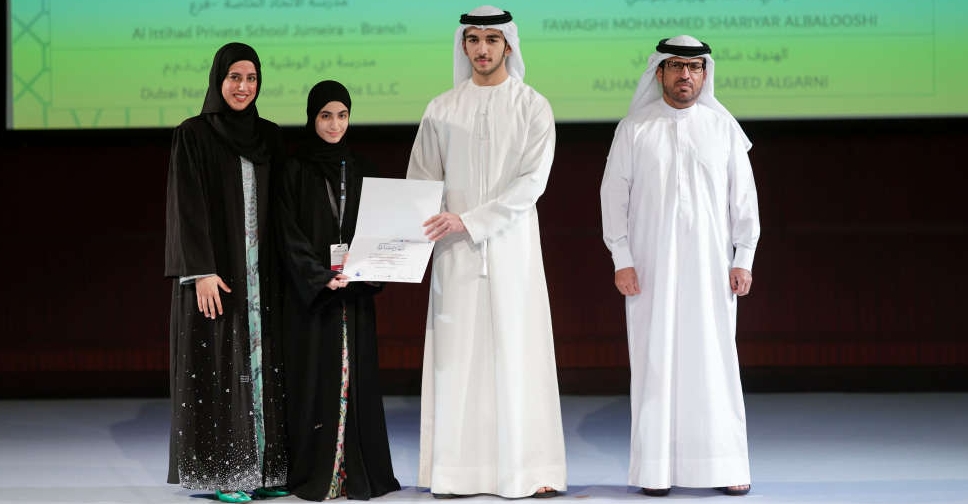 Winners announced for the Dubai students Quran Competition
Winners announced for the Dubai students Quran Competition
 Over 3000 patients treated under Visiting Physicians Programme
Over 3000 patients treated under Visiting Physicians Programme
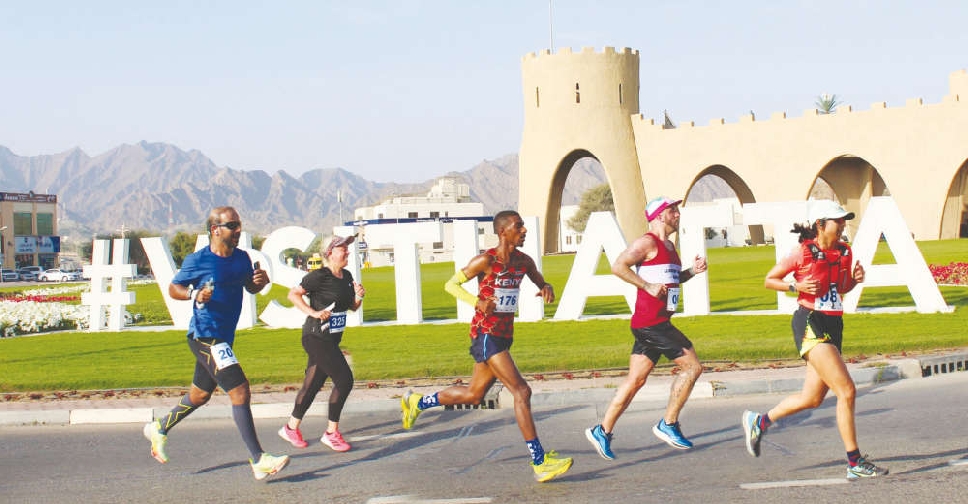 Hatta Ramadan Tournament features expanded sporting calendar
Hatta Ramadan Tournament features expanded sporting calendar
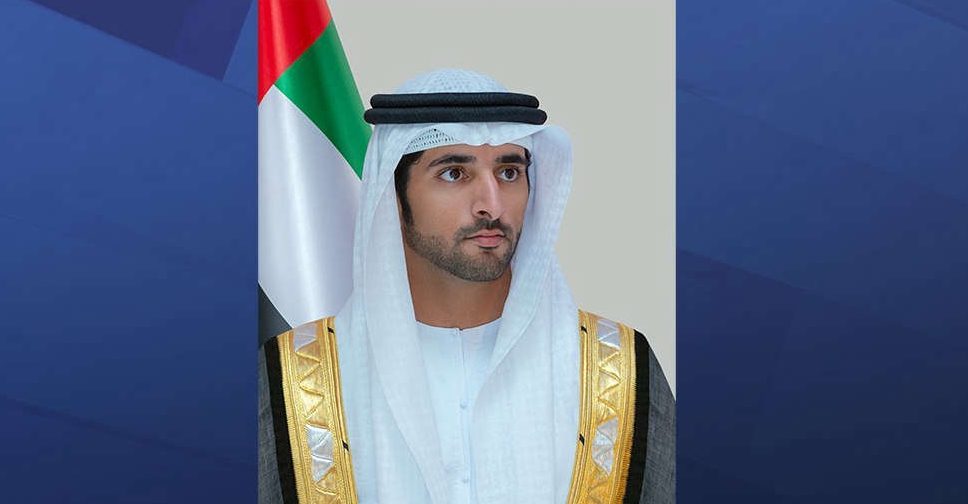 Nine government entities shortlisted for Hamdan Flag
Nine government entities shortlisted for Hamdan Flag
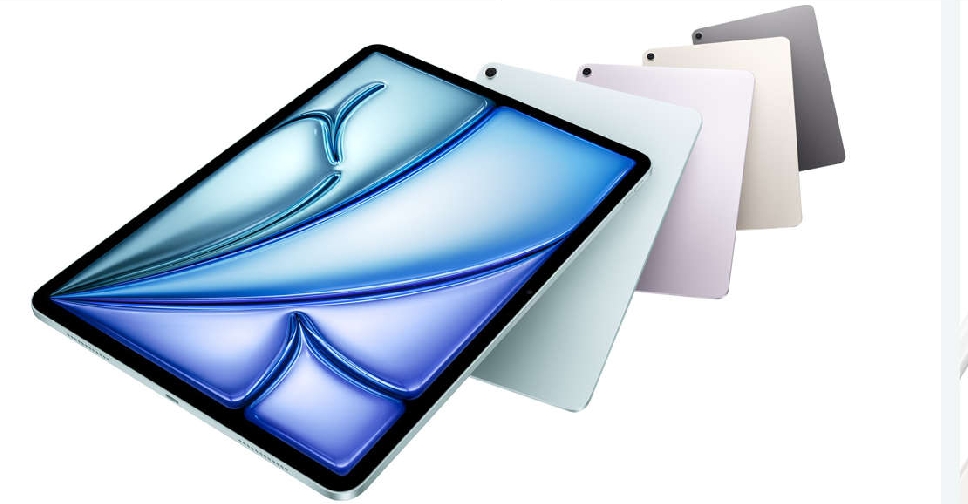 Apple unveils new iPad Air with AI features to stoke demand
Apple unveils new iPad Air with AI features to stoke demand
